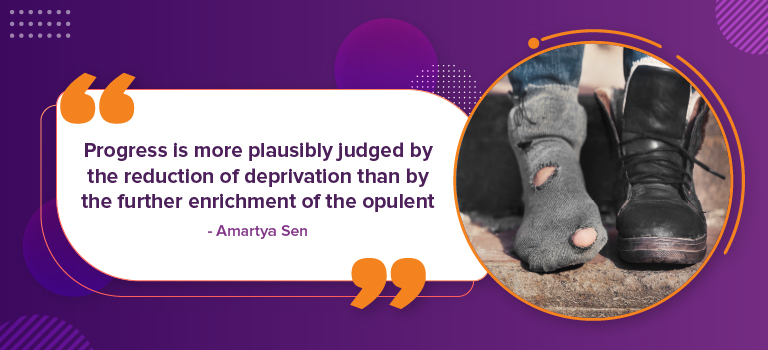
TABLE OF CONTENTS
1. National Green Hydrogen Mission 2. BIND Scheme (Broadcasting Infrastructure and Network Development) 3. Sunni Dam Hydro Electric Project

1. National Green Hydrogen Mission
Syllabus -GS2, Government policies and interventions for development in various sectors, GS3 – Environmental Conservation.
Prelims – National Green Hydrogen Mission aims at making India a Green Hydrogen Hub.
Context – The Union Cabinet approved the National Green Hydrogen Mission.
Details –
- The Union Cabinet approved the National Green Hydrogen Mission with a total allocation of Rs 19,744 cr for producing 5 MMT (Million Metric Tonne) per annum of Green Hydrogen. The total allocation includes an outlay of Rs.17,490 crore for the SIGHT programme (Strategic Interventions for Green Hydrogen Transition Programme).
- Expected outcomes of the National Green Hydrogen Mission-
-
- Production of at least 5 MMT per annum of green hydrogen and 125 GW addition of renewable energy capacity.
- The project expects to bring in over Rs 8 Lakh cr investment and create over 6 Lakh jobs.
- Reduction in the imports of fossil fuels by Rs 1 Lakh cr.
- The mission would help India in abating nearly 50 MMT of annual Greenhouse Gas Emissions.
- The National Green Hydrogen Mission would spur the creation of export opportunities for green hydrogen and its derivatives, decarbonisation of industrial, mobility and energy sectors; reduction in dependence on imported fossil fuels and feedstock; development of indigenous manufacturing capabilities; creation of employment opportunities; and development of cutting-edge technologies.
- Green Hydrogen Hubs – regions capable of supporting large-scale production or utilisation of green hydrogen would be developed as Green Hydrogen Hubs.
- Also, a public-private partnership framework for R&D (Strategic Hydrogen Innovation Partnership – SHIP) will be facilitated under the Mission.
What is Green Hydrogen?
Green hydrogen is hydrogen produced by splitting water into hydrogen and oxygen using renewable electricity (electrolysis). Green hydrogen is globally being recognised as an enabler of the global transition to sustainable energy and net zero emission economies.
Also read – National Hydrogen Energy Mission.
2. BIND Scheme (Broadcasting Infrastructure and Network Development)
Syllabus – GS3, Infrastructure Development.
Prelims – BIND Scheme.
Context – The Cabinet approved BIND Scheme.
Details –
- The Cabinet Committee on Economic Affairs (CCEA) approved the BIND Scheme aimed at the infrastructure development of Prasar Bharati which includes AIR (All India Radio) and DD (Doordarshan).
- The BIND scheme is to provide financial support to Prasar Bharati for expenses related to expansion, upgradation of its broadcasting infrastructure, content development and civil work related to the organisation.
- At present, there are more than 500 AIR broadcasting centres and Doordarshan operates 36 TV channels including 28 regional channels.
- The scheme with an outlay of Rs 2,539.81 cr will increase the coverage of AIR FM transmitters in the country to 66% (from 59%) by geographical area and 80% (from 68%) by population.
- The scheme also includes the distribution of over 8 Lakh DD Free Dish STBs (Set Top Boxes) to people living in tribal, remote, Left Wing Extremism (LWE) and border areas.
- Another priority area of the scheme is the development of high-quality content for both domestic and international audiences and to ensure the availability of diverse content to the viewers by upgradation of the capacity of the DTH platform to accommodate more channels.
- The purchase of OB vans and digital upgradation of DD and AIR studios to make them HD-ready is also a part of the project.
3. Sunni Dam Hydro Electric Project
Syllabus – GS 3 , Infrastructure.
Prelims – Sunni Dam Hydro Electric Project, Himachal Pradesh.
Context – The Cabinet Committee on Economic Affairs (CCEA) approved the investment for the 382 MW Sunni Dam Project.
Details –
- The investment cost of Rs 2614.51 cr including Rs 13.80 cr as budgetary support form GoI for cost of enabling infrastructure has been approved by CCEA.
- The setting up of the 382 MW Sunni Dam project by SJVN shall provide direct and indirect employment to about 4000 persons during the peak of construction period.
About the Sunni Dam Project –
- The Sunni dam project is part of the Luhri project, which is designed to comprise three hydropower dams; Luhri Stage-I (210 MW), Luhri Stage-II (163 MW), and Sunni dam (382 MW).
- The Sunni dam hydroelectric project is also known as Luhri stage 3.
- SJVN ( Satluj Jal Vidyut Nigam) is a joint venture of GoI and the government of the northern state of Himachal Pradesh.
Read the previous PIB articles here.
January 4th, 2023, PIB:- Download PDF Here
| Related Links | |||
| Green Hydrogen Policy 2022 | National Skill Development Mission | ||
| Graded Response Action Plan (GRAP) | Cyclone Mandous | ||
| Hydroelectric Power Plants in India | Science & Technology Notes For UPSC | ||

Comments